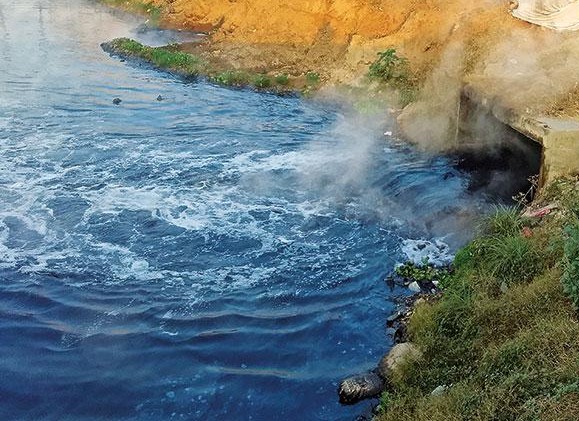 Baba Balbir Singh Seecheywala, MP, has stated that the Total Dissolved Solids (TDS) level in the water of Ludhiana’s Budha Nalla ranges between 687. If this report is accurate, it would indeed be encouraging but not satisfactory news for the people of the region, as it indicates a significant improvement in water quality. However, before celebrating, it is crucial to examine the complete water quality data in detail to ensure that the findings truly reflect safe and healthy conditions.
Baba Balbir Singh Seecheywala, MP, has stated that the Total Dissolved Solids (TDS) level in the water of Ludhiana’s Budha Nalla ranges between 687. If this report is accurate, it would indeed be encouraging but not satisfactory news for the people of the region, as it indicates a significant improvement in water quality. However, before celebrating, it is crucial to examine the complete water quality data in detail to ensure that the findings truly reflect safe and healthy conditions.
TDS, or Total Dissolved Solids, refers to the concentration of dissolved substances such as minerals, salts, and metals present in water. These can include both organic and inorganic materials. TDS is measured in parts per million (ppm) or milligrams per liter (mg/L), and its level can influence the water’s taste, appearance, and overall safety.
The measurement of TDS is usually done using a TDS meter, which determines the electrical conductivity of the water — a property that increases with the presence of dissolved substances. According to the U.S. Environmental Protection Agency (EPA), the maximum recommended TDS level for drinking water is 500 ppm. Water with a TDS level above 1000 ppm may be unsafe, while levels exceeding 2000 ppm can overwhelm filtration systems entirely.
While water with low TDS (below 300 ppm) is generally considered safe for drinking, it might lack some essential minerals beneficial to health. Conversely, high TDS levels containing harmful contaminants such as arsenic, lead, or industrial chemicals can pose serious health risks. Therefore, while the reported TDS level of Budha Nalla water appears within the safe range, it is essential to ensure that it does not hide the presence of toxic substances, as TDS only indicates total dissolved content — not the nature or safety of those substances.